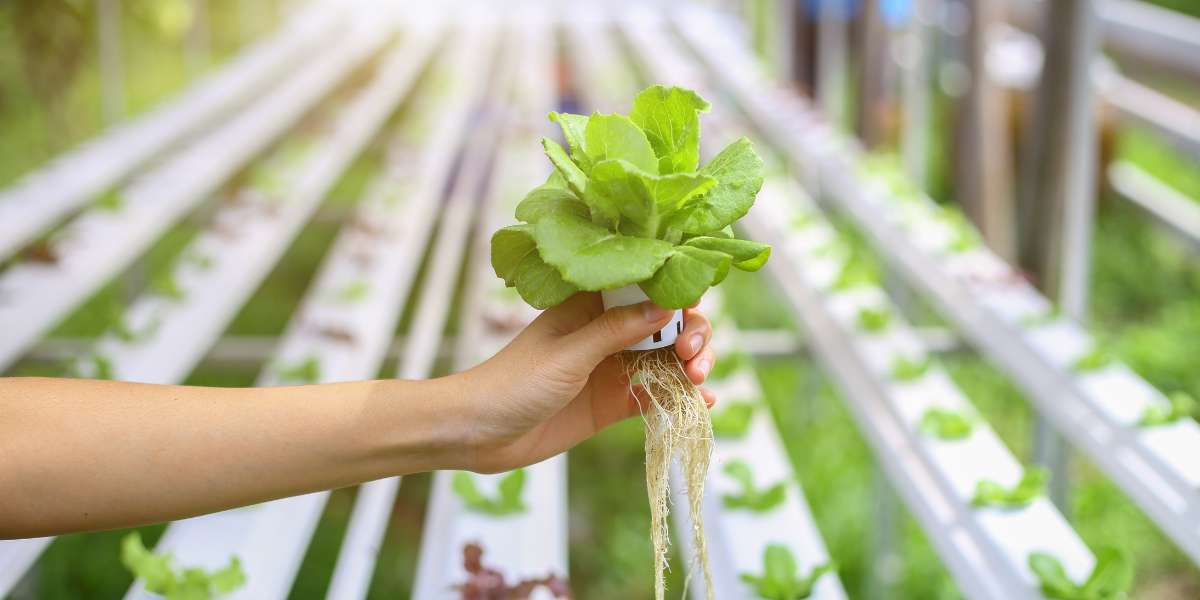Once your hydroponic garden is up and running, the next goal is to optimize your setup for maximum growth and yields. Whether you’re growing leafy greens, herbs, or fruiting plants, there are strategies you can use to make the most of your system. In this article, I’ll share expert tips to help you achieve an abundant harvest.
1. Provide Optimal Lighting
Lighting is one of the most important factors for plant growth, especially in indoor hydroponic systems.
- Choose High-Quality Grow Lights: LED grow lights are energy-efficient and can be adjusted to provide the right spectrum for your plants.
- Adjust Light Duration: Most plants need 12–16 hours of light daily. Fruiting plants like tomatoes may require longer exposure.
- Position Lights Correctly: Keep lights close enough to provide sufficient intensity but far enough to prevent overheating or scorching the plants.
2. Monitor Nutrient Levels
A balanced nutrient solution ensures that your plants get everything they need to thrive.
- Test Regularly: Use an EC (Electrical Conductivity) meter to measure nutrient concentration and adjust as needed.
- Follow Growth Stages: Increase nutrient levels as plants grow, but avoid overfeeding, which can cause nutrient burn.
- Replace Solution Periodically: Refresh the nutrient solution every 1–2 weeks to prevent imbalances and buildup.
3. Maintain Proper pH Levels
pH affects how well your plants absorb nutrients. Keeping it within the optimal range is critical.
- Check pH Daily: Use a reliable testing kit to ensure levels stay between 5.5 and 6.5 for most plants.
- Use Adjusters: Add pH-up or pH-down solutions as needed to maintain stability.
- Monitor Consistency: Sudden changes in pH could indicate an issue with your nutrient mix or water quality.
4. Optimize Air Circulation and Oxygenation
Plants need oxygen for their roots and proper airflow for their leaves.
- Aerate Your System: Use an air pump and air stone to keep the water oxygenated, especially in systems like Deep Water Culture (DWC).
- Ensure Good Ventilation: Use fans to circulate air and reduce humidity, which can prevent fungal diseases.
- Prevent Stagnant Water: Ensure your system has proper flow and drainage to keep roots healthy.
5. Manage Temperature and Humidity
Extreme temperatures and high humidity levels can stress your plants and slow growth.
- Keep Water Cool: Maintain water temperatures between 65–75°F (18–24°C) to avoid root rot.
- Control Air Temperature: Ideal air temperatures range from 70–80°F (21–27°C), depending on the plants you’re growing.
- Monitor Humidity: Fruiting plants prefer lower humidity (40–60%), while leafy greens can tolerate higher levels.
6. Prune and Train Your Plants
Pruning and training help direct energy toward productive growth.
- Remove Dead Leaves: Regularly trim yellow or damaged leaves to promote healthy growth.
- Prune Strategically: For fruiting plants, remove suckers or excessive foliage to focus energy on producing fruit.
- Use Supports: Train vining plants like tomatoes or cucumbers with trellises or stakes to optimize space and airflow.
7. Harvest Regularly
Frequent harvesting encourages plants to produce more and helps prevent overcrowding.
- Leafy Greens: Harvest outer leaves first, leaving the inner ones to continue growing.
- Herbs: Trim herbs regularly to promote bushy growth and prevent flowering.
- Fruiting Plants: Pick fruits as soon as they ripen to encourage the plant to produce more.
8. Keep a Garden Journal
Tracking your garden’s performance can help you identify what works best.
- Record Growth Rates: Note how quickly your plants grow under different conditions.
- Track Adjustments: Document changes to lighting, nutrients, or temperature and their effects.
- Identify Patterns: Use your journal to refine your system and maximize efficiency.
Have questions?
Maximizing yields in your hydroponic garden is all about paying attention to the details and making small improvements over time. In the next article, I’ll explore how to troubleshoot advanced hydroponic issues, helping you tackle challenges like a pro. Let’s keep growing together!
